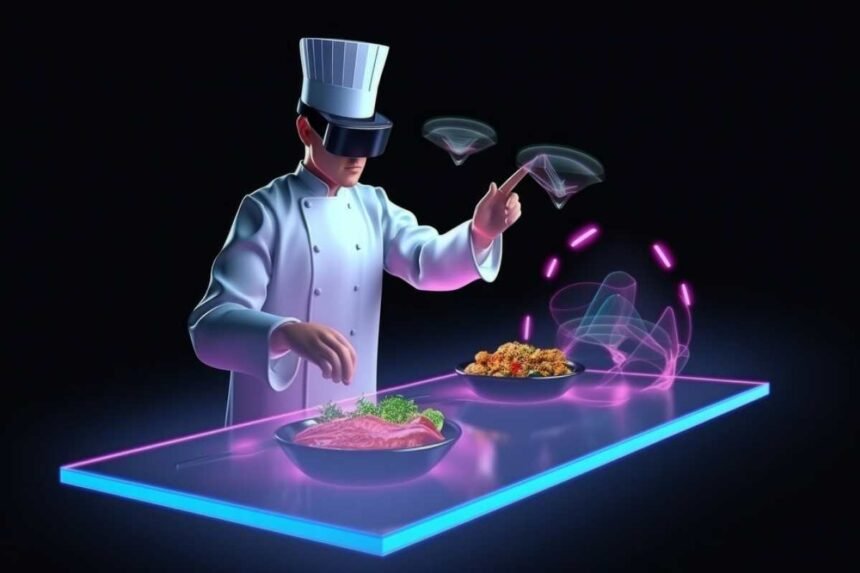Technology now touches every aspect of our lives, including the culinary arts. By blending traditional recipes with modern advancements, we’re not just cooking; we’re preserving a rich tapestry of cultural heritage. This blog explores how digitizing photos and converting negatives to digital images are revolutionizing the way we keep and share our culinary traditions.
The Evolution of Recipe Preservation
For generations, families have cherished handwritten recipe cards and well-worn cookbooks, each smudge and note telling a story of meals shared and love expressed through food. These traditional methods of recipe preservation hold sentimental value but are susceptible to wear and loss over time. By digitizing photos of recipe cards and cookbook pages, we ensure that these cherished recipes are preserved in pristine condition and can be shared easily with family members across the globe.
Digitizing Family Recipes
The process of digitizing family recipes starts with scanning handwritten cards and cookbook pages. This not only protects them from physical deterioration but also makes them searchable and easily shareable. Digital copies can be stored on cloud services, ensuring they are never lost and can be accessed from anywhere. Additionally, these digital archives can be enhanced with multimedia elements like videos and voice notes, adding a personal touch that brings the recipes to life.
Reviving Old Photos of Dishes: From Negatives to Digital
Old family photos, especially those depicting meals and gatherings, are precious windows into our culinary past. Unfortunately, many of these photos are stored as negatives, which can degrade over time. Converting negatives to digital photos is a great way to revive these memories. The process involves scanning the negatives with specialized equipment or using services that can convert them into high-quality digital images. Once digitized, these photos can be edited, enhanced, and shared, allowing us to relive and celebrate the culinary traditions of our ancestors.
Creating a Digital Cookbook
A digital cookbook is a modern way to compile and share family recipes. With tools and platforms available today, creating a digital cookbook is easier than ever. Recipes can be organized by categories, paired with photos and videos, and shared with family and friends through digital platforms. This not only preserves the recipes but also the stories and memories associated with them, making it a living document that can evolve with each generation.
Virtual Cooking Classes: Bridging Generations Through Food
Virtual cooking classes are another innovative way to preserve and pass on culinary traditions. These classes can connect family members across different locations, allowing them to cook together in real-time. Older generations can share their cooking techniques and recipes, while younger family members can learn and ask questions. These sessions can be recorded and saved, creating a valuable resource for future generations to enjoy.
Success Stories: Families Who Have Digitized Their Culinary Heritage
Many families have successfully digitized their culinary heritage, preserving recipes and memories for future generations. These success stories often highlight the emotional and practical benefits of digitizing family recipes and photos. By embracing technology, families can ensure that their culinary traditions are not only preserved but also celebrated and shared in a meaningful way.
Conclusion
Preserving culinary traditions through technology is a beautiful fusion of the old and the new. By digitizing photos, converting negatives to digital images, and creating digital cookbooks, we can ensure that our cherished recipes and culinary memories are preserved for future generations. As we continue to bridge the gap between past and present, technology serves as a powerful tool to keep our culinary heritage alive and thriving.
Also Read: Bowls for Kitchen



